Baja California # 3 – November 2019
Heading south from Cataviña and Rancho Santa Inez, our next stop was Mulegé to hopefully get internet. Many overland travelers have become infected with the dependency on internet and like any addiction, it’s hard to stop. As we continue our sponsorship for Masha, the young girl in Tajikistan, it’s fun to WhatsApp with her once a week or when we happen to have a good connection, allowing for the fact that she is 12 time zones away! In fact, thanks to readers like you, we are now able to help three other young children to get a better education through our Donor Box The Children of the Pamirs Education Fund.
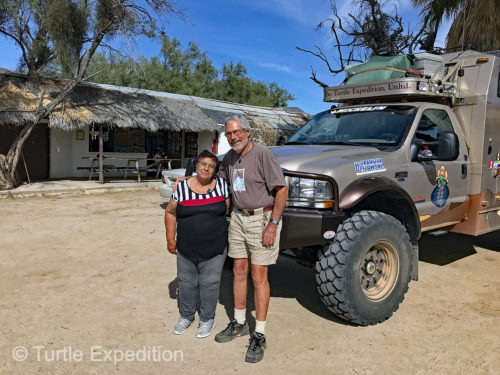
Before departing the historic Rancho Santa Inez, Señora Matilde requested to have her picture taken with Gary and The Turtle V.
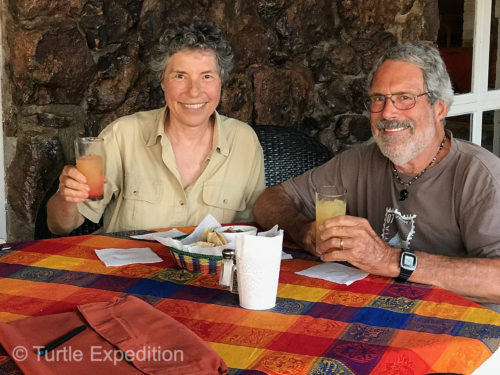
Hotel Serenidad in the quaint town of Mulegé was a must. It was here that Monika and I first met in 1977.
Mulegé
A stop at the Hotel Serenidad outside the quaint town of Mulegé was a must. Mulegé is about 620 miles south of the border at San Diego, if you were wondering. It was here that Monika and I first met in 1977. The campground includes hot showers and even a laundromat. Unfortunately we did miss the weekly pig roast, which includes a salad, beans, tamales, flour tortillas, pork ribs, a dessert and one small margarita or one beer. All you can eat for only $15.00 bucks while a mariachi band entertains. What a deal!! Yes, they did have internet.
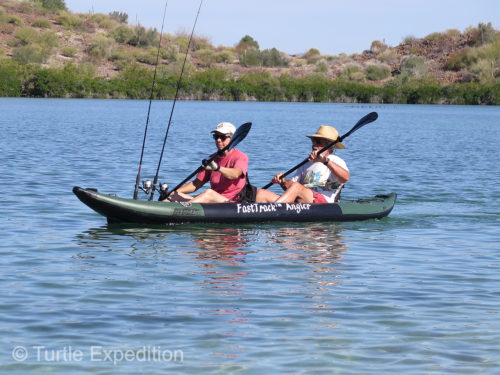
We had borrowed a Sea Eagle FastTrack Angler Pro inflatable kayak, (www.seaeagle.com), which would insure an endless supply of fresh fish.
Then and Now
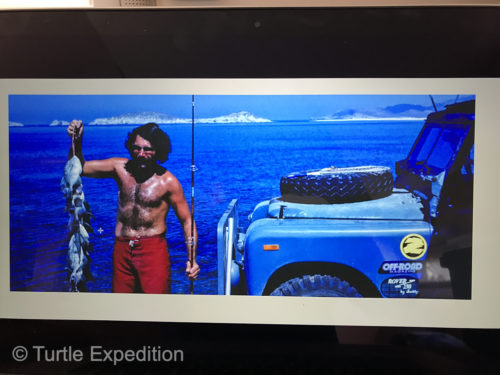
The memory of this photo taken in 1977 on the Sea of Cortez was one we wanted to revisit.

We could have fished off the rocks but having a boat made the catch easier.
Loreto
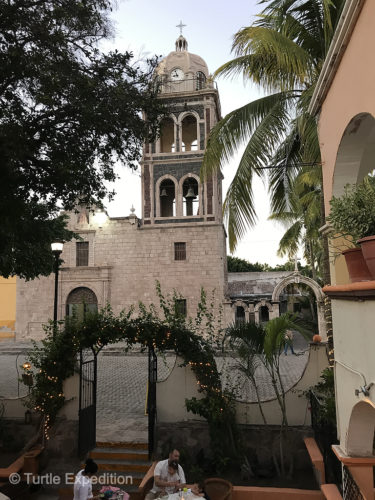
The old fishing village of Loreto, now a modern tourist resort, has not lost its charm.
Mission San Francisco Javier

The Mission San Francisco Javier was the second of the Baja California missions, a chain that would eventually reach all the way to San Diego, Los Angeles, San Francisco and end in Sonoma, California.
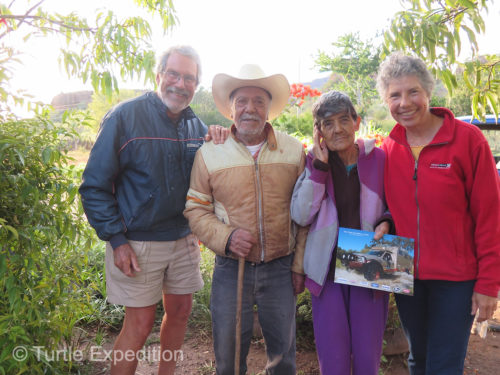
We were happy to see the old horseback guide Bule and his wife on their ranch outside San Javier.
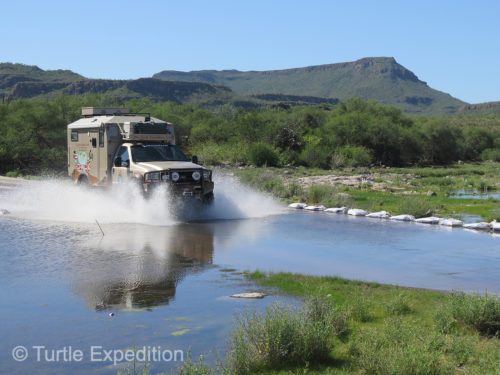
The vados on the new paved road are great free car washes!
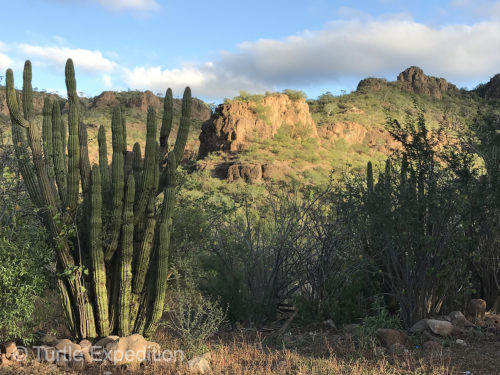
The mountains west of Loreto are full of hiking trails.
Baja’s oldest Olive Orchard (400 years!)
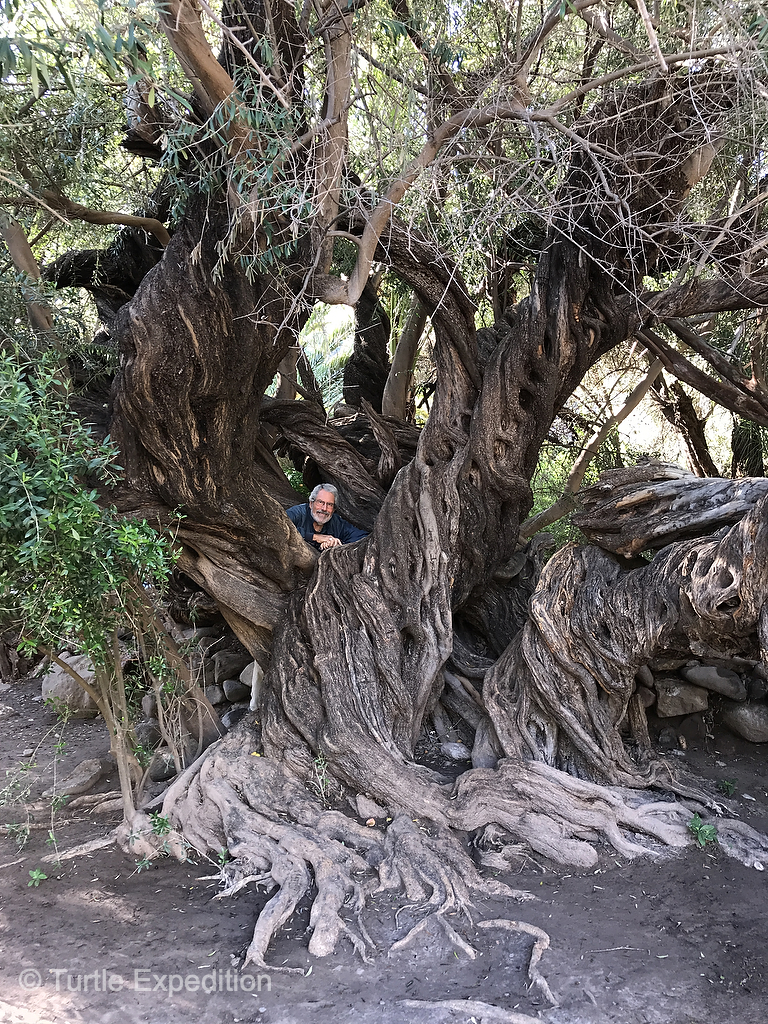
This massive olive tree stands in the first orchard planted in Baja California – 400 years ago!
The famous Trinidad Deer
Yes, there was a ranch called La Trinidad, but no leather tanning. Instead, it turned out to be the location of one of most famous prehistoric rock art pictographs in Baja. The Trinidad Deer, a UNESCO World Heritage site, is attributed to a highly developed pre-Hispanic group of people known as the Guachimis who lived in the area from 100 BC to 1300 AD. The ocher colored Trinidad Deer on a rock wall in the Sierra de Guadalupe cave is renowned by archeologists for its perfect dimensions and symmetry.

The Trinidad Deer, a UNESCO World Heritage site is attributed to a highly developed pre-Hispanic group of people known as the Guachimis who lived in the area from 100 BC to 1300 AD.

The manager of the Trinidad Ranch lead us to the famous Unesco World Heritage Site to see the famous Trinidad Deer.
It was time to head back to our home base now. We had done enough shaking and enough damage to The Turtle V to give us confidence that it was ready for another year-long expedition in South America. We made a quick stop in Mulegé to pick up some supplies, a ½ kilo warm corn tortillas and some fresh local goat cheese. Parking was easy across from the tortilla factory and near the little supermarket. It’s a walk-around town, and yes, there is an Internet café. The Mulegé Mission was the third in the Baja chain.
Coco’s Corner

Coco was as jolly as ever and doing just fine.
Back on Highway 1, we took the turn off on the new section of Hwy. 5, as yet unpaved, to reach our old friend Coco at Coco’s Corner. He was as jolly as ever and doing just fine. Coco’s Corner has been slightly modernized but the old trappings of dozens of girls’ underwear still hung from the rafters and one of our original Turtle Expedition posters retains a proud place on the wall. Looking at the other decorations in his little kitchen, I spotted another girly poster that showed that Coco was still the character loved by thousands of Baja travelers.
Catching Triggerfish at Gonzaga Bay

Triggerfish are not only good to eat. They are fun to catch!!
The old sand two-track out of Coco’s Corner is still better than the “improved” gravel. Once the pavement started to appear we stopped to air up the tires and continued on to another one of our favorite waypoints, Gonzaga Bay. Gonzaga is surely one of the nicest beaches in all of Baja California for walking and swimming.
We were getting low on fresh fish by now. Rather than inflate our Sea Eagle inflatable kayak for just a quick fishing trip, we hopped in José’s panga and motored out into the bay by the rocks. He knew exactly what we were looking for: triggerfish! We landed 10 or 12 in less than an hour. Back on shore, José even gave us a lesson on a quick way to clean them resulting in a pile of nice fillets with no bones. (Ask for him at Alfonsina’s Hotel desk.)

Several of the beach houses at Gonzaga Bay had decorations of whale bones.

A full double rainbow frames the shrimp boats south of San Felipe as a storm approaches.
Stay tuned as we head for South America where we’ll spend at least a year exploring interior portions of Uruguay, Chile, Argentina, Brazil, Bolivia, and maybe a little of Peru. We hope you will travel with us at www.turtleexpedition.com, which is currently being remodeled to make it easier for those of you who follow us on cell phones, pods and pads. As they say in Mexico, “Hasta Luego”.
- Hotel Serenidad outside the quaint town of Mulegé was a must. It was here that Monika and I first met in 1977.
- We did miss the weekly pig roast.
- Moving down the beautiful coastline of the Sea of Cortez, we stopped at one of our favorite beaches to camp for a week or so.
- We had borrowed a Sea Eagle FastTrack Angler Pro inflatable kayak, (www.seaeagle.com), which would insure an endless supply of fresh fish.
- Monika had fun fishing out of the Sea Eagle inflatable kayak.
- The memory of this photo taken in 1977 on the Sea of Cortez was one we wanted to revisit.
- We could have fished off the rocks but having a boat made the catch easier.
- We were happy with our day’s catch of tasty triggerfish.
- The Mission San Francisco Javier was the second of the Baja California missions, a chain that would eventually reach all the way to San Diego, Los Angeles, San Francisco and end in Sonoma, California.
- Its hand-carved belfry, spires, and altars required many years of construction.
- ts three gold-leaf altars, surrounded by eight life-size oil paintings, were shipped from mainland Mexico and then carried by mules into this remote location.
- Behind the mission we found the remnants of the first orchard planted in Baja California.
- If you want to feel young, wrap your arms around a 400-year-old olive tree.
- There has always been critics of what the Spanish Crown did to what is now Mexico. A poster in a café says it well: .”Viva Zapata Cabrones! La Revolution no esta Terminada”. (“Viva Zapata Assholes! The Revolution is not finished.”).
- Without refrigeration meat is preserved by drying.
- Horses, burros and cattle are an ever present danger on Baja roads.
- Hair-pin corners add to the beauty of this amazing route to the Mission San Francisco Javier.
- The vados on the new paved road are great free car washes!
- There were actually signs to La Trinidad, but we had been looking for a different ranch near there.
- We took the precaution of covering our side Seitz windows with XPEL TRACWRAP, (www.XPELcom,) to keep them safe from the hungry mesquite tree thorns.
- The Trinidad Deer, part of a UNESCO World Heritage site, is attributed to a group of people who lived in the area from 100 BC to 1300 AD.
- A close-up of the Trinidad Deer, a famous pictograph near Mulegé.
- There were several other paintings on the rock walls in the Sierra de Guadalupe cave.
- This sign at Rancho La Trinidad make the rules clear.
- Sharp spines of the mesquite trees left their marks on the sides of The Turtle V.
- The Tortilleria Hnos. Sanchez is a great source of fresh warm corn tortillas, homemade cheese and information. The young owner says he speaks “Spanglish”.
- The beautiful San Ignacio Mission provided a quiet place to park around the old plaza. We could refill our water in front of the church.
- The old sand two-track leading to Coco’s Corner is still better than the “improved” gravel.
- There are plenty of signs leading to Coco’s Corner.
- Coco was as jolly as ever and doing just fine.
- Dozens of girls’ underwear still hang from the rafters and one of our original Turtle Expedition posters retains a proud place on the wall.
- I spotted another poster that showed that Coco was still the character loved by thousands of Baja travelers.
- Always plenty of bathrooms at Coco’s Corner!
- Once the pavement started to appear we stopped to air up the tires.
- Gonzaga Bay is surely one of the nicest beaches in all of Baja California for walking and swimming.
- Locals have found interesting remains of grey whales that made it this far north in the Sea of Cortez.
- José was happy to help us remove the hooks from our catch.
- Triggerfish are not only good to eat. They are fun to catch!!
- José gave us a lesson on a quick way to clean triggerfish resulting in a pile of nice fillets with no bones.
- The luxury of overlanding in a self-contained camper—you get to sleep in while coffee is brewing.
- The Mexican Highway Department had practical ways to save labor.
- Hwy. 3 still had no shoulders and was very narrow but not as many big semi-trucks roaring past us.
- We even had some snow going over this pass toward Ensenada.
- The long line at the Tecate border crossing was boring, but much faster than the one at Tijuana.
- Remnants of Trump’s unfinished famous wall reminded us we were about to reenter California.



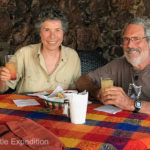
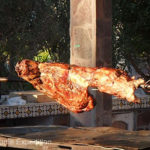



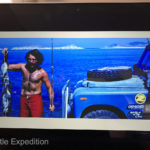



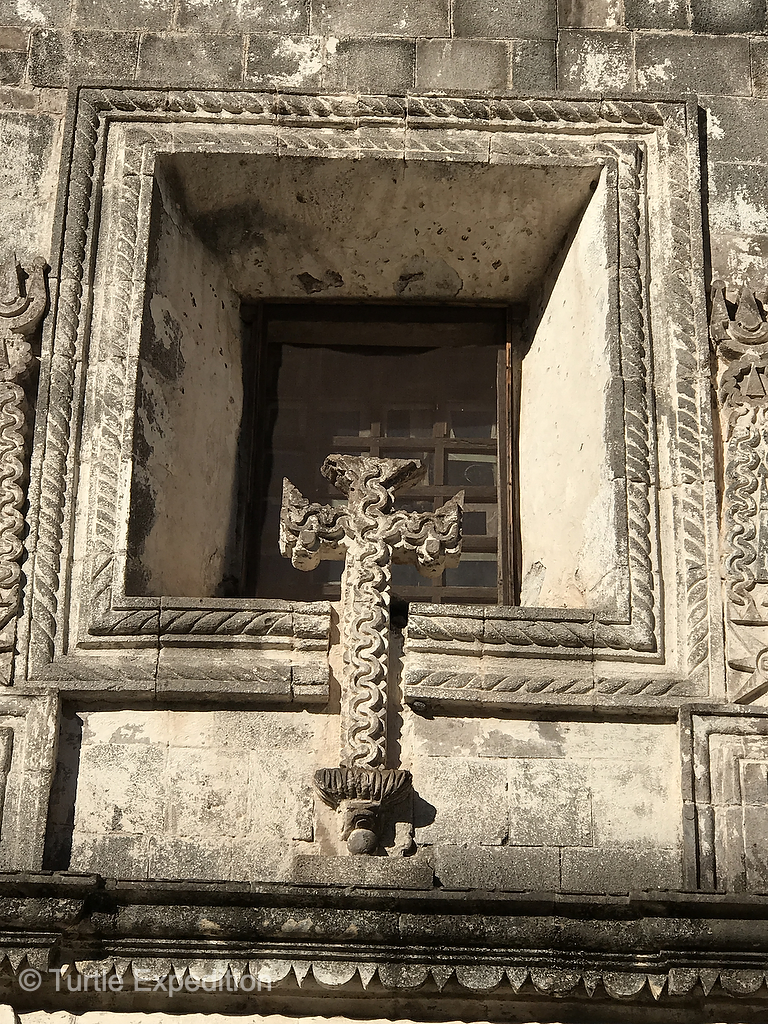
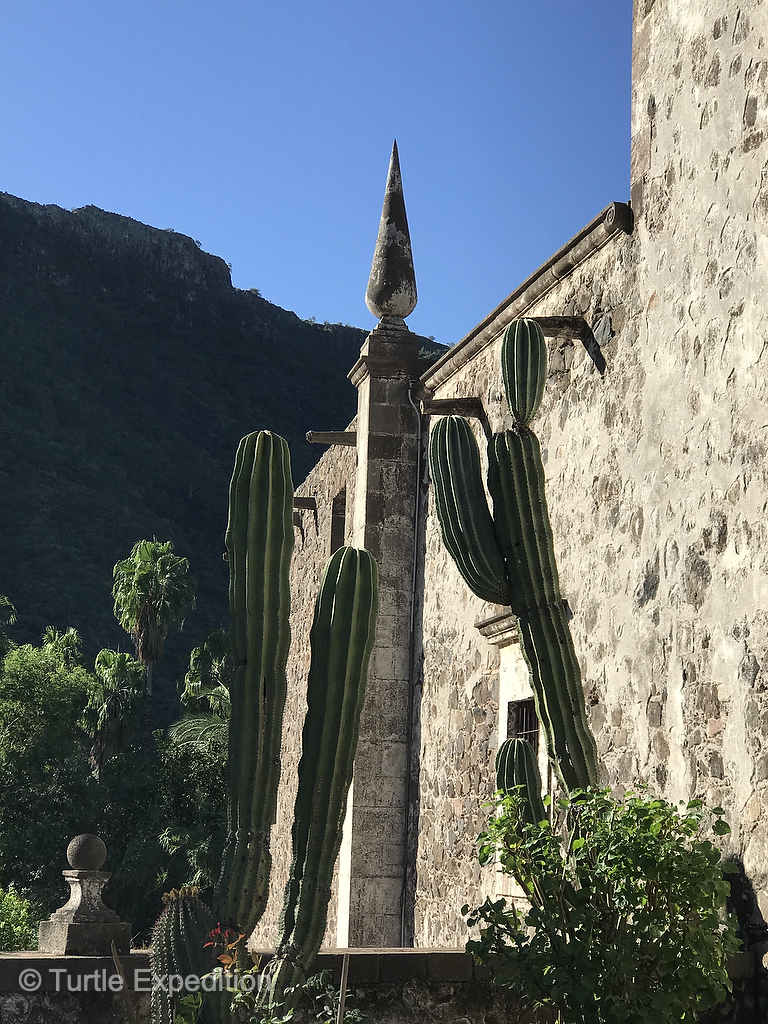
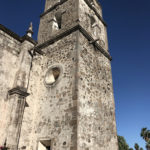




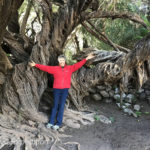
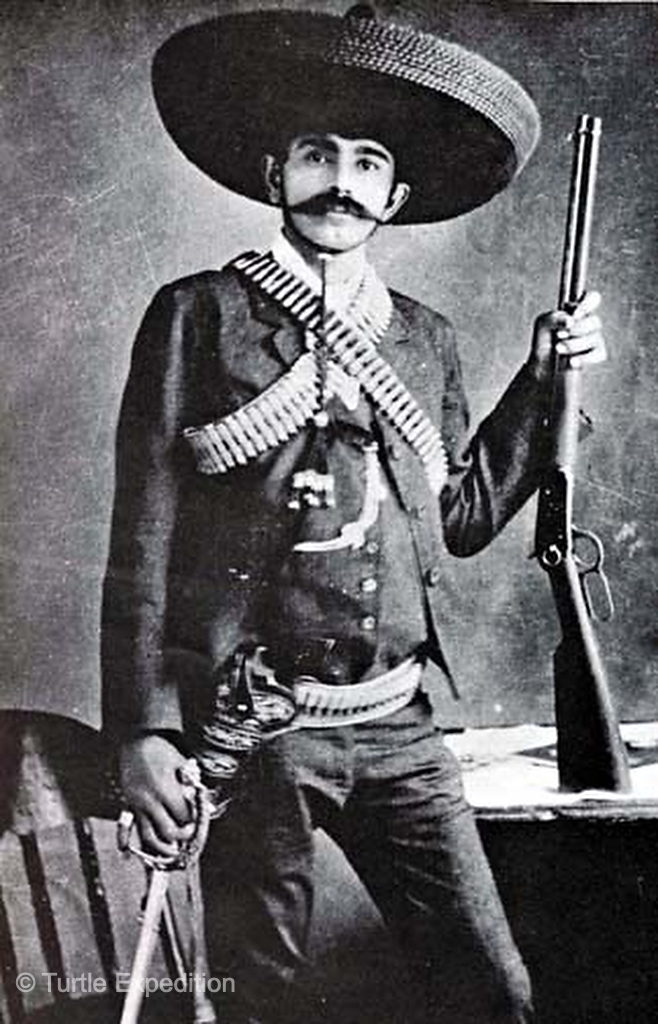



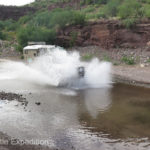

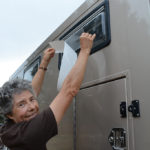


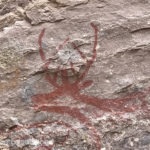
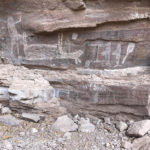

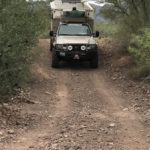



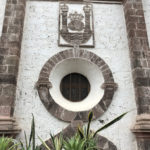
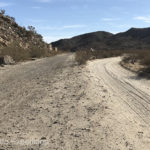
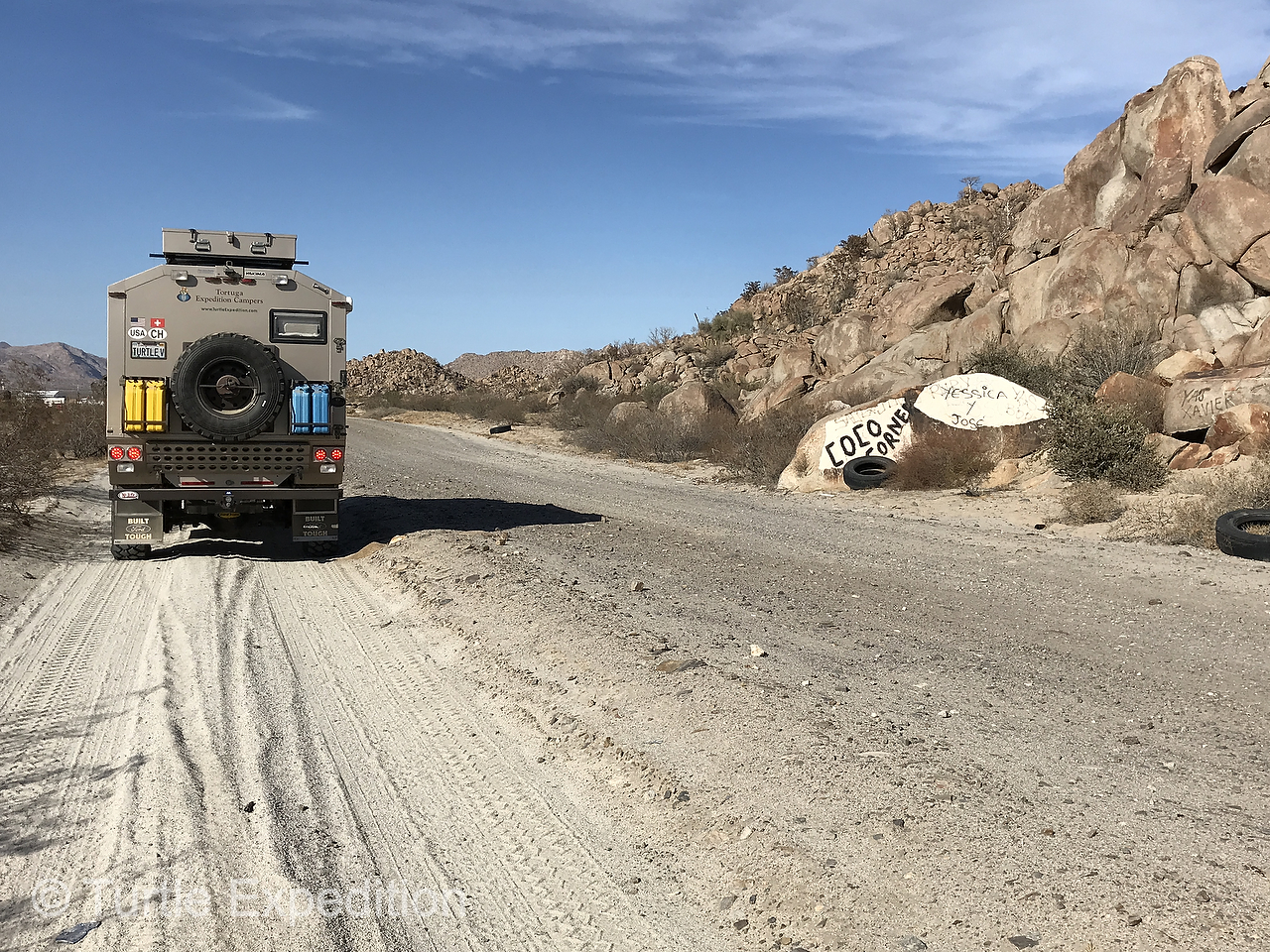
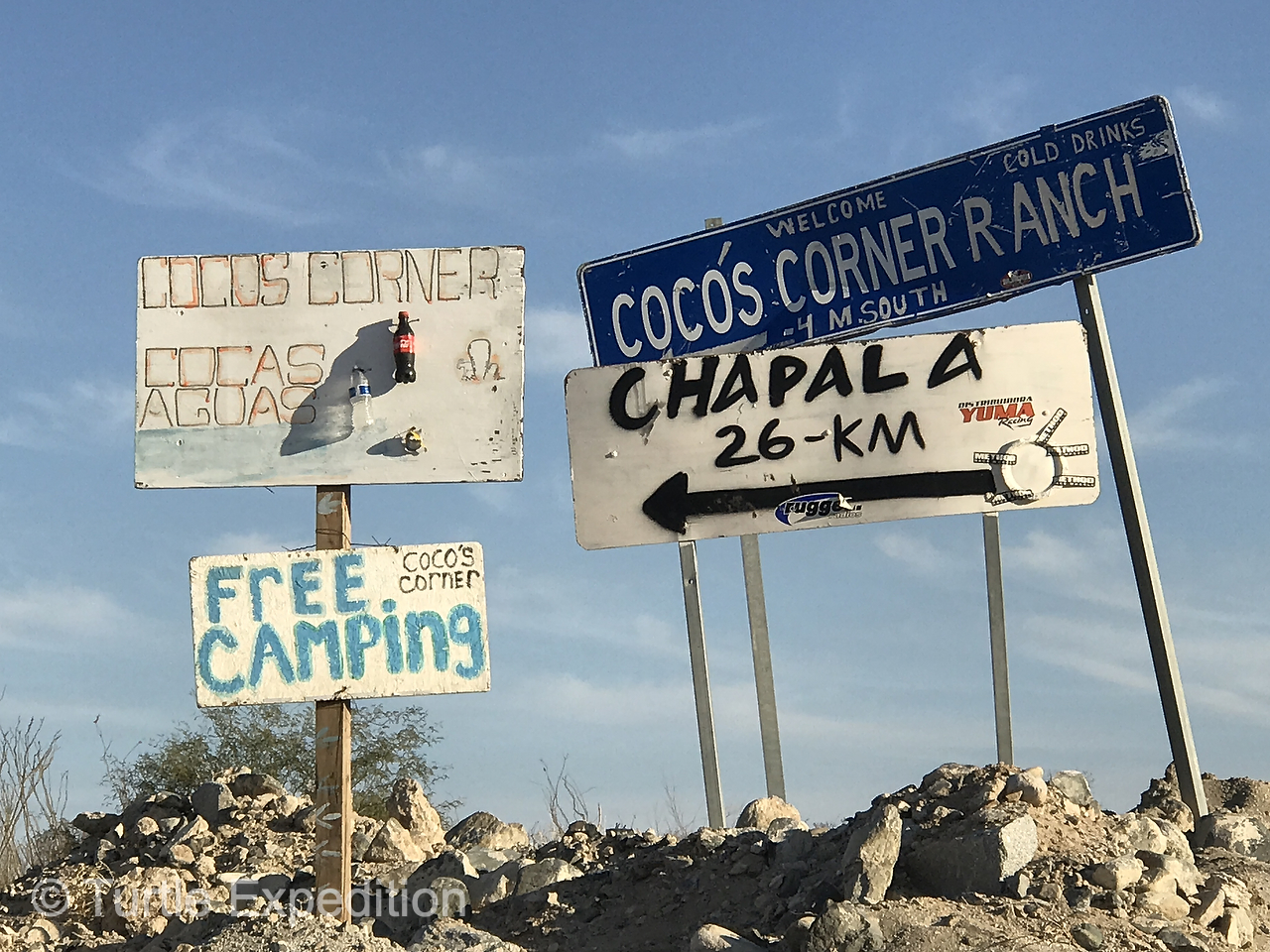
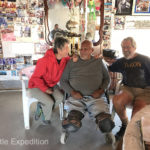


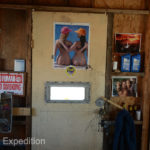

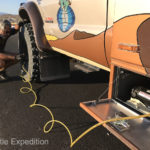
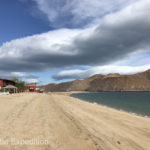

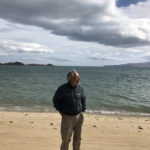



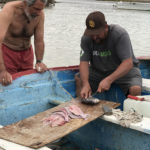
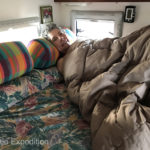


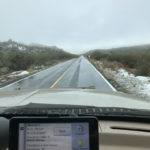
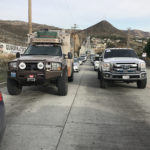






Gary and Monica – good morning: I have just finished reading your latest posting, and totally enjoying your photos of many of our favorite places in Baja. When are you planning to leave for S.A. (hope they don’t have any coronavirus there). Will you drive to Panama and ship your rig from there or ship it from L.A. to Columbia?
thanks for sharing and have a wonderful trip.
PS: I also enjoyed your photo from your 77 trip, we must have been just ahead or just behind you as our first trip to Baja was the fall of 76 – 77, then we took the ferry from Cabo the Mazatlan and traveled all of Mexico and Central America. Our original plan was to sell our VW van in Panama and catch a sail boat heading for Europe. But as you may recall, most of the gringos were leaving Panama and highly recommended we not go. So we turned back north in Costa Rica. Darn should have keep to our plan. Travel safe you guys. Roger and Elizabeth